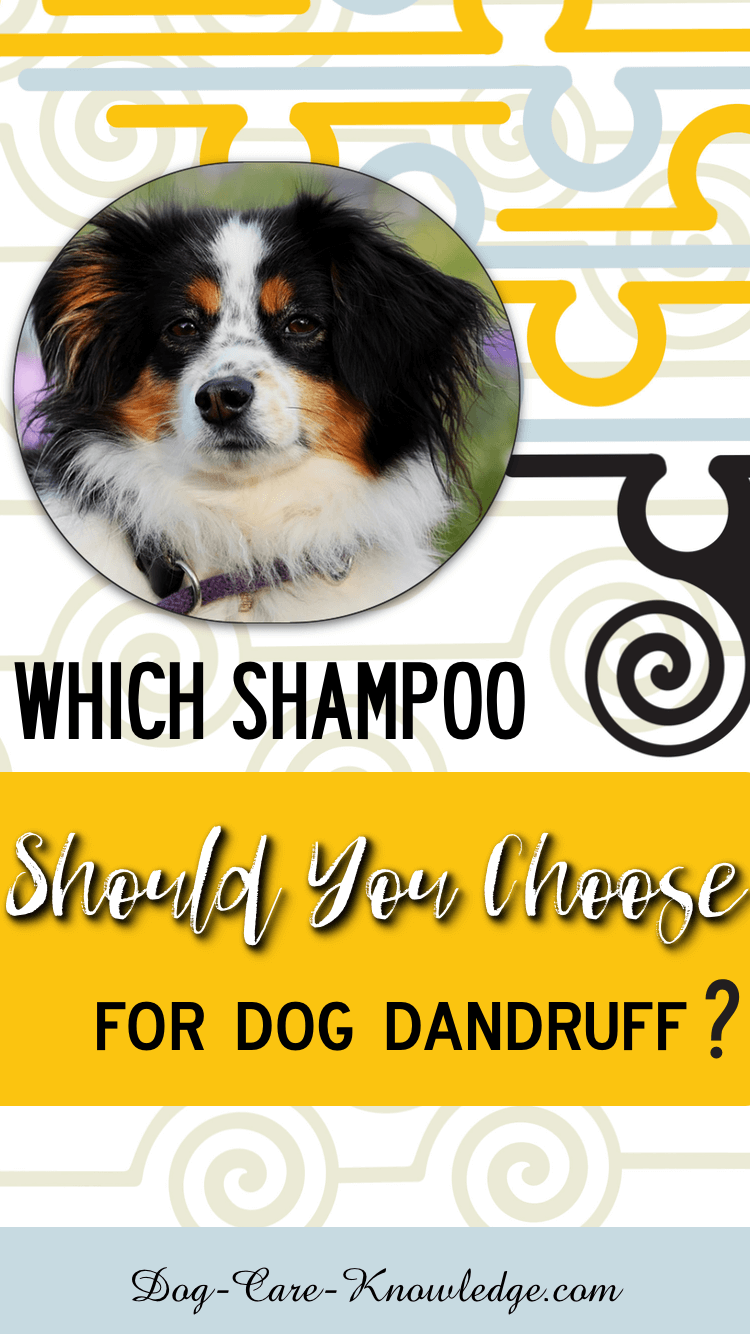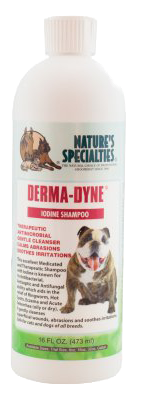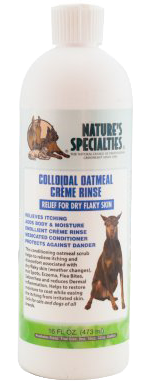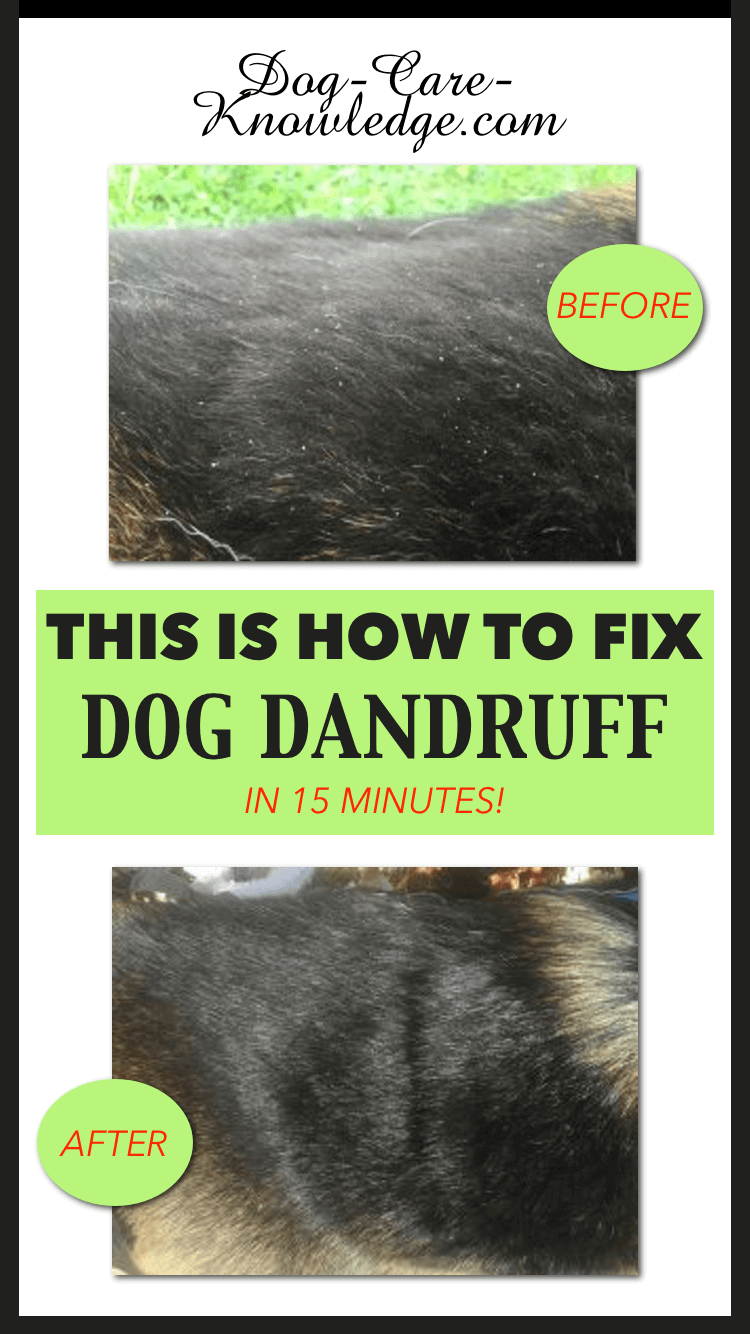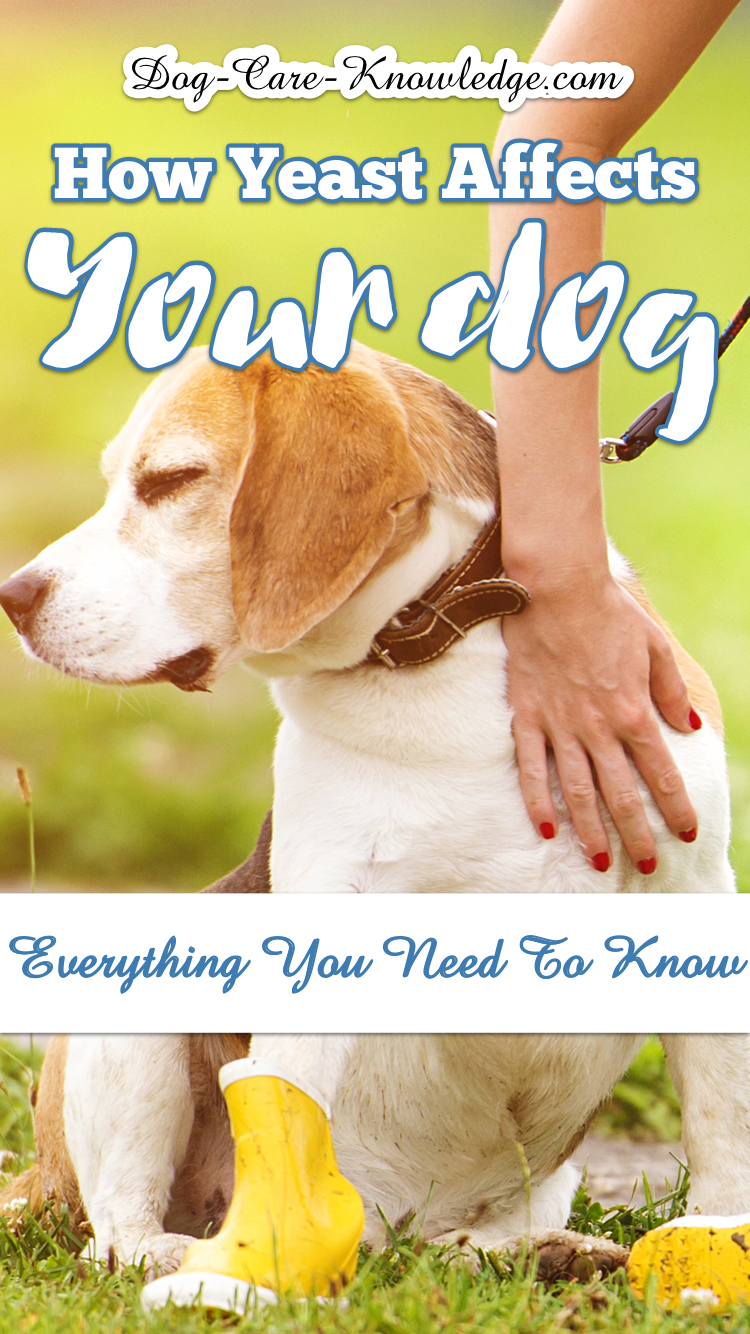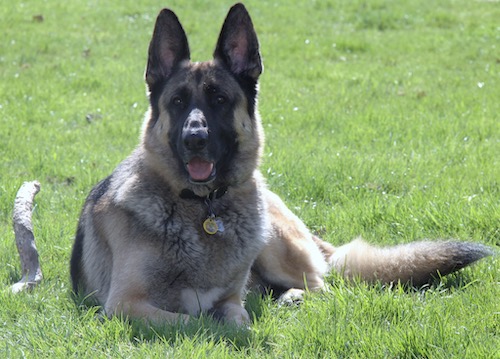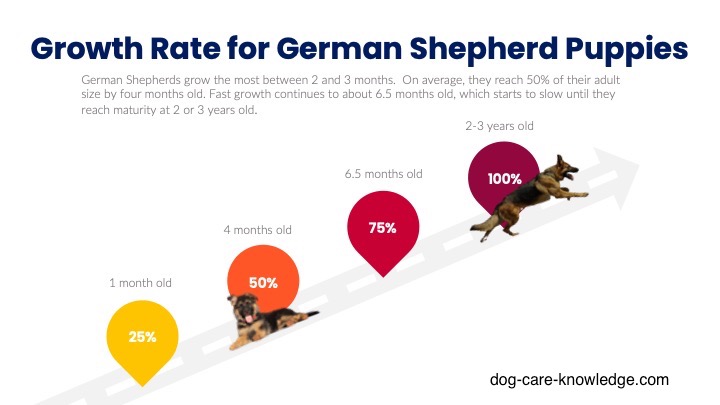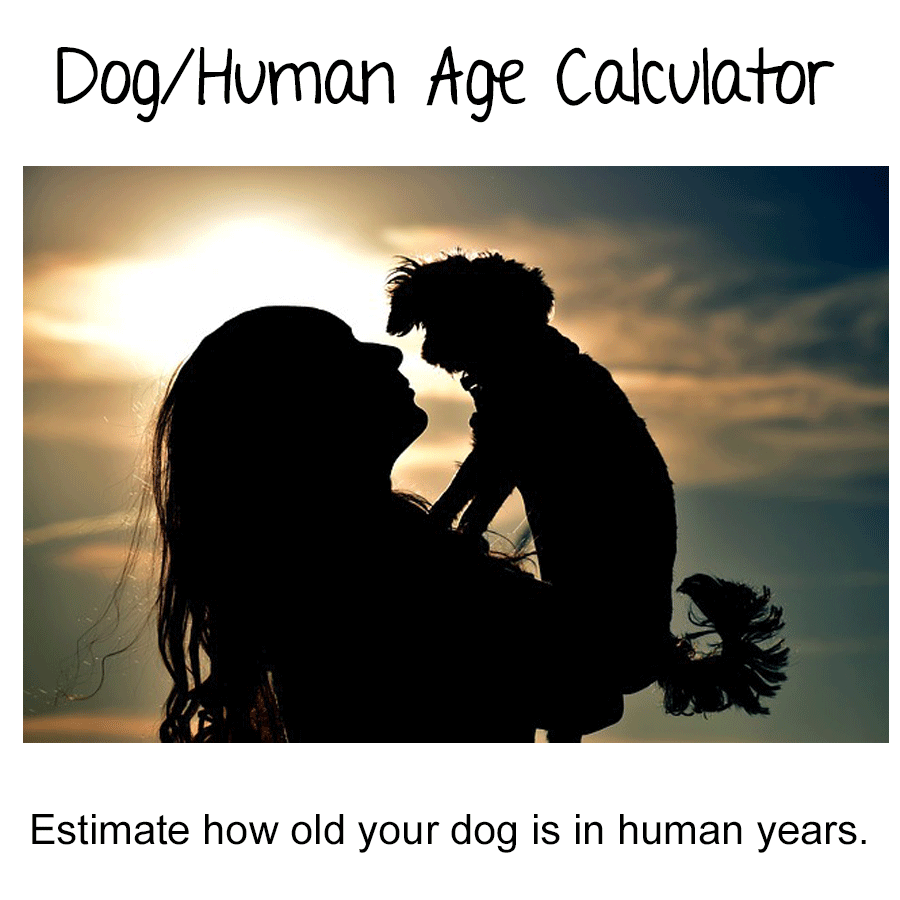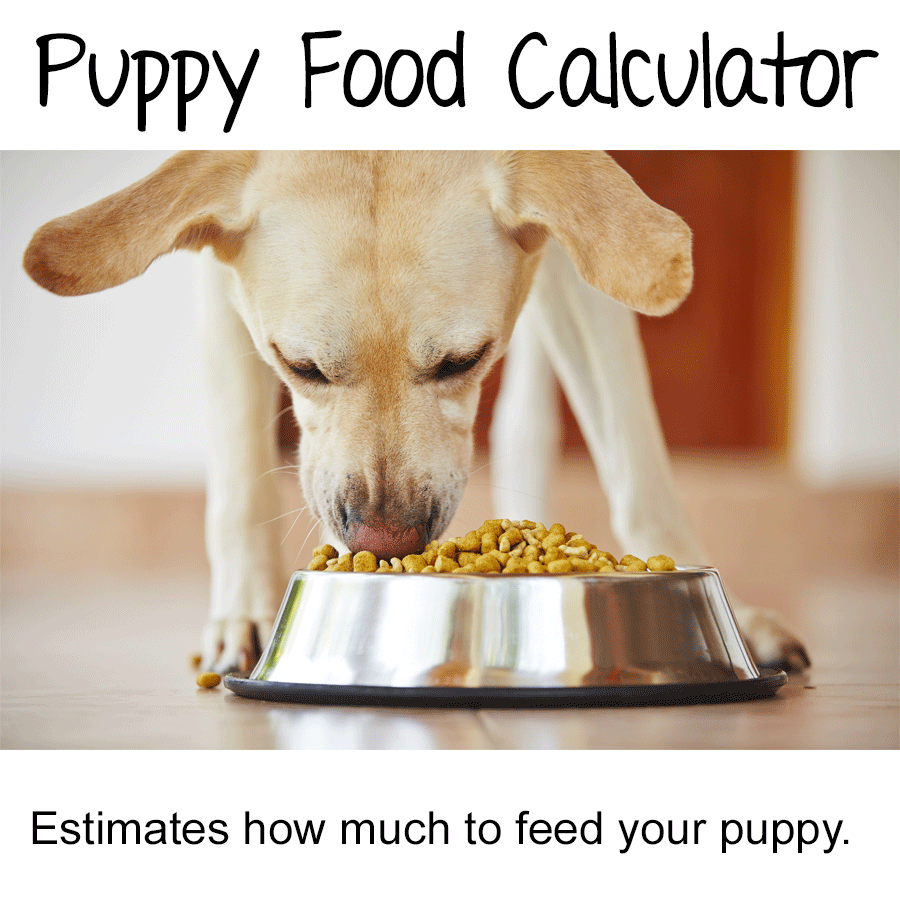- Home
- Skin Conditions
- Dog Dandruff
- Home
- Itchy Dog?
- Dog Dandruff
Dog Dandruff - Tackling Those Unwanted Flakes
It's normal for dogs to experience a little dandruff from time to time, but what is it, and how should you treat it?
Dog dandruff is similar to human dandruff in that it's usually accompanies dry skin, but there are other possible causes. Fortunately, there are several ways to treat dog dandruff with home remedies such as special shampoos or adding fatty acids to their diet.
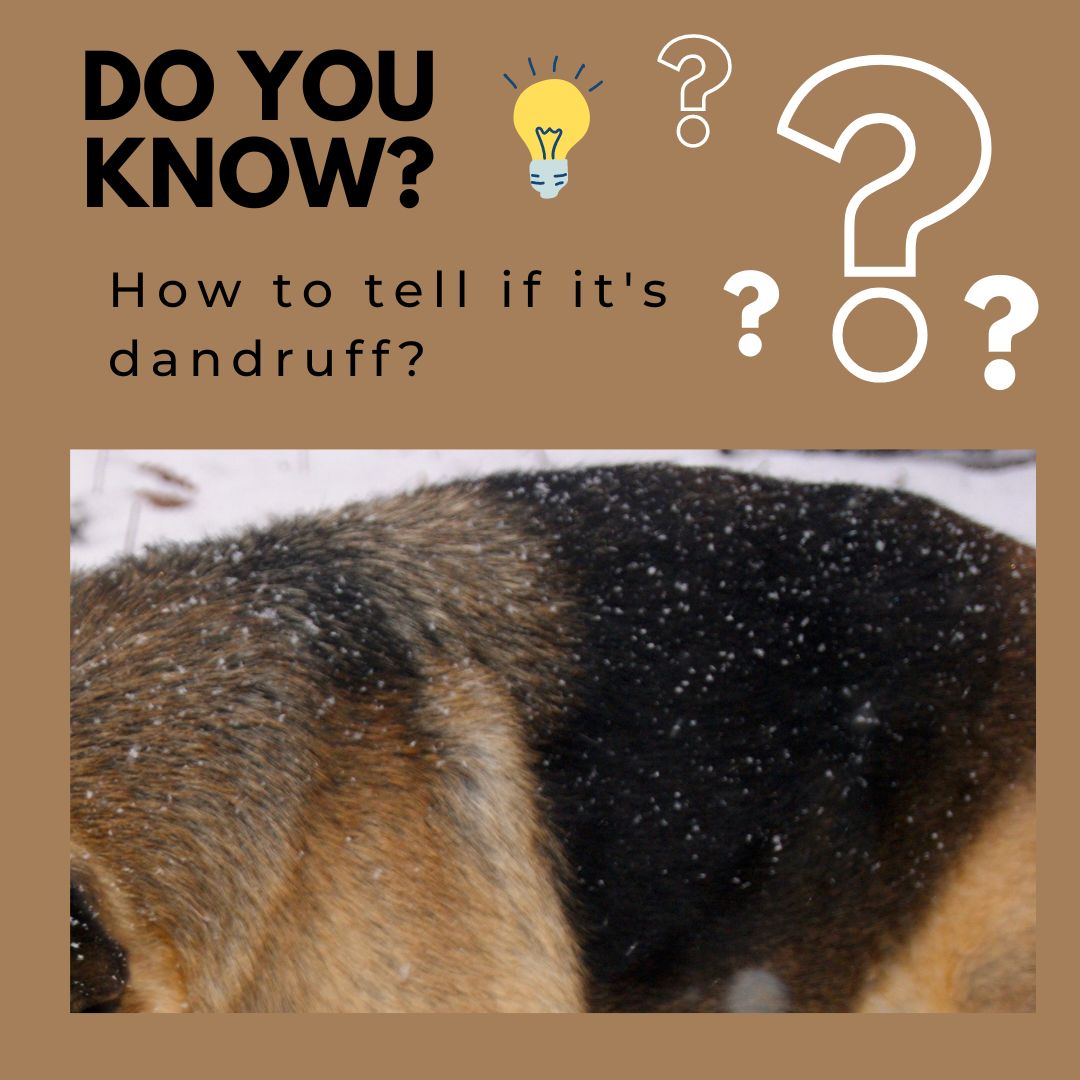
Causes of Dandruff in Dogs
Dandruff, also known as seborrhea, is a common skin condition that affects dogs of all ages. It occurs when their skin becomes dry and starts to flake off. Dandruff in dogs has several potential causes, including allergies, skin infection, dry air, hormones, and diet.
Allergies
When it comes to allergies, they can be caused by environmental allergens such as dust or pollen. Dogs may also be allergic to certain foods, which can cause their skin to become irritated and produce too much oil. In some cases, the irritation can lead to dandruff if left untreated.
Skin Infections
Another common cause of dandruff is a bacterial or fungal skin infection called dermatitis, which can inflate the dog's skin, leading to excessive shedding of dead hair cells. You can find more information about skin infections in dogs here.
Dry Air
Dry air can be caused by anything from low humidity levels to living in a cold climate. When the air is dry, it causes your pup's skin becomes dehydrated and flaky. The flakes are dead skin cells that accumulate when your pup's skin doesn't produce enough oil to keep the skin hydrated and healthy. Dry air frequently contributes to dry dandruff.
Diet
A possible cause of canine dandruff is a nutrient deficient diet. A balanced diet full of healthy proteins, fats, carbs and vitamins is essential for maintaining your pup's skin health. Protein is particularly important - it helps keep the skin hydrated and promotes healthy fur growth!
Make sure to provide your pup with complete proteins such as fresh fish, lean meats and eggs. Some fatty acids such as omega-3 are also beneficial for keeping skin hydrated and combatting inflammation or irritations on the surface of the skin.
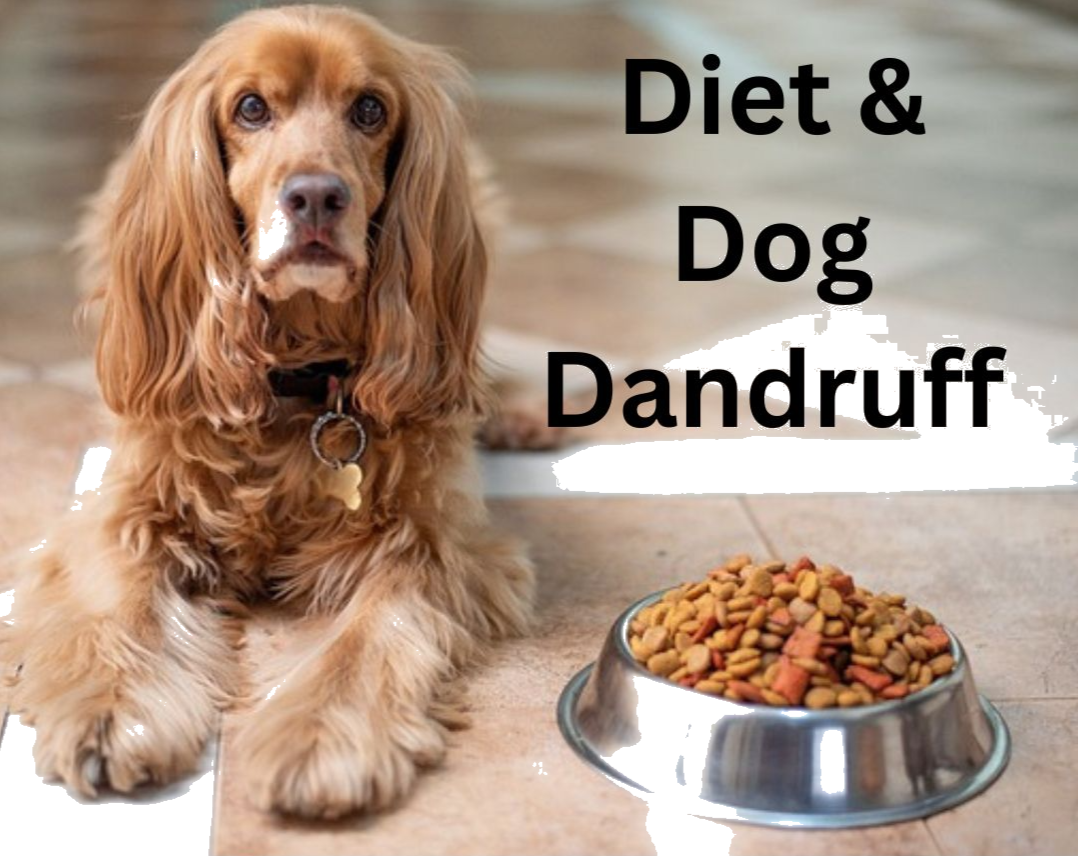
Hormones
Another reason for dog dandruff is an imbalance in hormones. When your pup's hormones are out of balance, they produce too much oil, leading to dry skin and, eventually, flaking.
Hormonal imbalances can be caused by age (dogs reach their peak hormone levels between 1-3 years old) as well as medical conditions such as hypothyroidism or Cushing's disease. If you suspect that your pup's dandruff may be due to a hormonal imbalance, talk to your veterinarian about treatment options.
Idiopathic Seborrhea
Idiopathic dog dandruff occurs when no underlying cause can be identified or the root cause is unknown. Symptoms may include flaky skin, white flakes on the fur or skin, itching, or bald spots where hair has fallen out due to scratching.
Idiopathic dog dandruff occurs when no underlying cause can be identified, or the root cause is unknown. Symptoms may include flaky skin, white flakes on the fur or skin, itching or bald spots where hair has fallen out due to scratching.
Diagnosis & Symptoms of Dog Dandruff
Dandruff in dogs (Seborrhea) is as common as in humans. Dry, flaky skin is the main symptom, but it's not the only one. So let's look at all signs to look out for, and I'll share how to treat this condition at home.
Dandruff in dogs, or seborrhea, is relatively easy to recognize:
Does your pup look like he has the worst case of dandruff? Is he constantly scratching? Is his hair thinning or bald?
If any of these sound familiar, chances are your best pal is suffering from seborrhea. AKA, dog dandruff.
Flaky, dry skin wasn't the only symptom; dogs with dandruff may also have scabs, bumps, or pimples on their skin. These symptoms aren't as common, and they won't all have this.
If you are unsure if your dog's symptoms are dandruff, you can check to see other skin conditions in dogs here.
Typical Canine Dandruff Symptoms
- Dry, flaky, itchy skin
- Thinning hair or bald areas
- Scabs, bumps or pimples
Identifying Different Types of Dog Dandruff
There are three main types of dandruff– oily, dry, and walking.
Oily & Dry Dandruff in Dogs
Oily dandruff (seborrhea oleosa), is caused by overactive sebaceous glands which produce too much oil resulting in greasy flakes on the skin and a dull, flat coat.
Dry dandruff (seborrhea sicca) occurs when there isn't enough sebum to keep the skin moisturized or when the layers of skin become too dry from lack of moisture in general.
Walking Dandruff (Cheyletiella)
So, you checked your pet and noticed they had dandruff. But wait. When you looked closely, it moved!
Yes, that's right. There is a skin condition known as walking dandruff (Cheyletiella), and that's exactly what it looks like. So, if your pup has large dandruff flakes, check to ensure they're not moving before beginning any treatment!
Cheyletiella are mites that live on dogs, cats and, unfortunately, even live on people. These are easy to see; luckily, your usual flea treatment should eliminate them. If you have an infected animal in the house, be sure to treat all other animals.
Dog Breeds Prone to Dandruff
Breeds prone to
|
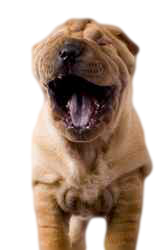 |
Breeds Prone to
|
Treatment for Dandruff in Dogs
Frequent bathing with the appropriate dandruff shampoo for dogs is the best treatment. Be sure to get the right shampoo for the correct type of dandruff.
According to Dr B Brevitz, DVM and author of "A Complete Healthy Dog Handbook", dogs with oily seborrhea should be treated with shampoos containing coal tar, benzoyl peroxide, or selenium sulphide.
Dogs with the dry version are better treated with a shampoo containing sulfur, iodine or salicylic acid.
The two shampoos that I recommend for dog dandruff are Derma-Dyne and Tar & Sulfur. Each one can be used for both oily and dry dandruff in dogs.
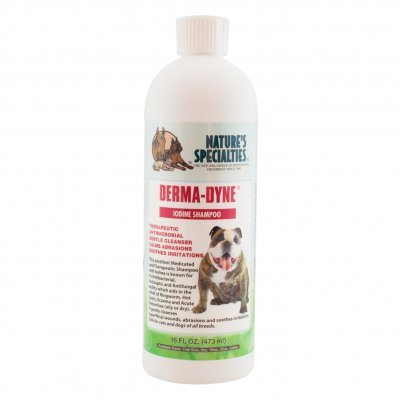

Which Shampoo Should You Choose for Dog Dandruff?
If your dog only has the flaky skin then I would use Tar and Sulfur shampoo but, if you see any of the other symptoms (scabs, sores, bumps or pimples) use Derma-Dyne shampoo. In either case it's best to finish with a moisturizing rinse to help restore your dog's skin and coat.
My dog, Hudson, suffered from dry dandruff, which I managed to control with an excellent specialty shampoo and moisturizer. He now has a glossy, shiny coat.
Below is a real "before" and "after" photo of Hudson so you can see for yourself. The first picture shows how his skin and coat looked with dandruff. The second photo is after bathing him with the Tar and Sulfur shampoo followed by a moisturizering rinse. It took one bath for these results.
6 Steps To Resolving Dog Dandruff in 15 Mins
- Thoroughly wet your dog
- Apply the shampoo directly to your wet dog or dilute with warm water
- Massage into coat from head to tail
- Wait 10 minutes
- Re-lather and rinse thoroughly
- Follow with Moisturizer
How Often To Bathe Your Dog
If you use one of the shampoos above, or one containing the recommended ingredients, you'll notice dandruff will be gone as long as you wait for the recommended time of 10 minutes.
In typical cases, you'll only need to bathe your dog in the anti-dandruff shampoo once a month or once a week, depending on the severity of the symptoms. The more regularly you use the shampoo, the less you'll see dandruff.
If the dandruff is severe, you should bathe your pet every other day for a week or even 10 days. In fact, wash him every other day until you have removed most of the debris and flakes on his skin. You can then bathe him twice a week for a month and then reduce it to just once a week.
Once it is finally and fully under control, you can bathe him once a month to stop dog dandruff from building up again. Luckily, it's easy to treat if you get the right shampoo.
I've found the absolute best shampoo, that can be used for both oily and dry dandruff, is Nature's Specialties Tar & Sulfur. It's a medicated shampoo that has the active ingredient of non-toxic, biodegradable sulfactants, with USP refined topical Coal Tar Solution.
Supplements That Can Help
Dogs that suffer from dandruff frequently have problems with dry skin. An excellent supplement that can help is fish oil, as it contains high levels of essential fatty acids that dogs need. In particular, they need omega-3 and omega-6 to maintain healthy skin and coat.
A great natural source of omega-3 and omega-6 can be found in salmon oil. Adding the liquid form to your dog's food is the best way to repair his skin from the inside out.
Just make sure you get the right one! Here's how to tell which salmon oil is best for dogs.
When to Take Your Dog To The Vet
It can be challenging to tell when your dog is suffering from dandruff and when it's just a seasonal issue. But if you suspect your pup has more than the usual flakes, it might be time to see a vet.
Dandruff, also known as seborrhea, is usually caused by dry skin but can also indicate underlying health issues such as allergies or infections. It's normal for dogs to get some dandruff - especially in colder weather - so if you notice that your pup's coat is unusually dry or flaky, it could be cause for concern.
You should take your pooch to the vet if dandruff persists despite regular grooming and brushing with a quality shampoo specifically designed for dogs.
Reference
Brevitz, B., & Brevitz, B. (2016). The complete healthy dog handbook: the definitive guide to keeping your pet happy, healthy & active. New York: Workman Publishing Co., Inc.
Frequently Asked Questions
How do you get rid of dog dandruff?
How do you get rid of dog dandruff?
If your dog has oily dandruff, use a shampoo containing coal tar, benzoyl peroxide, or selenium sulfide. For dry dandruff, use sulfur, iodine, or salicylic acid. As with humans, using an anti-dandruff shampoo is the best way to treat dandruff in dogs. However, you need one specific to dogs and not human shampoo.
What causes dandruff on dogs?
What causes dandruff on dogs?
Dry skin, allergies, skin infection, dry air, hormones, and diet can all be potential causes of dandruff in dogs. Sometimes there is no specific known cause of dandruff, known as idiopathic seborrhea.
Is it common for dogs to have dandruff?
Is it common for dogs to have dandruff?
Dandruff is one of the most common skin conditions in dogs; it's also one of the easiest to treat at home. It would be best if you used an anti-dandruff shampoo specific to dogs. Nature's Specialties Tar & Sulfur or Derma Dyne are two effective shampoos followed by a moisturizing rinse.
What does dog dandruff look like?
What does dog dandruff look like?
Dandruff in dogs looks like large white flakes of skin on a dog's fur. You may also see thinning hair, bald areas, scabs, bumps, or pimples, plus lots of scratching.
